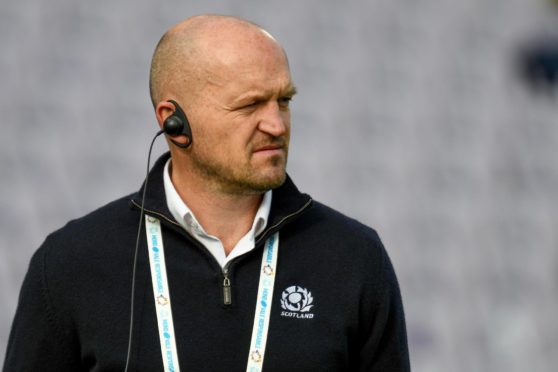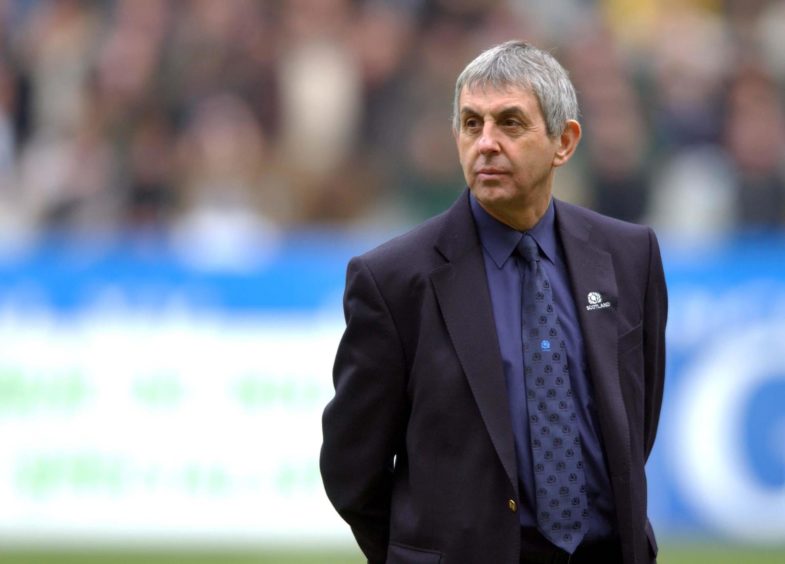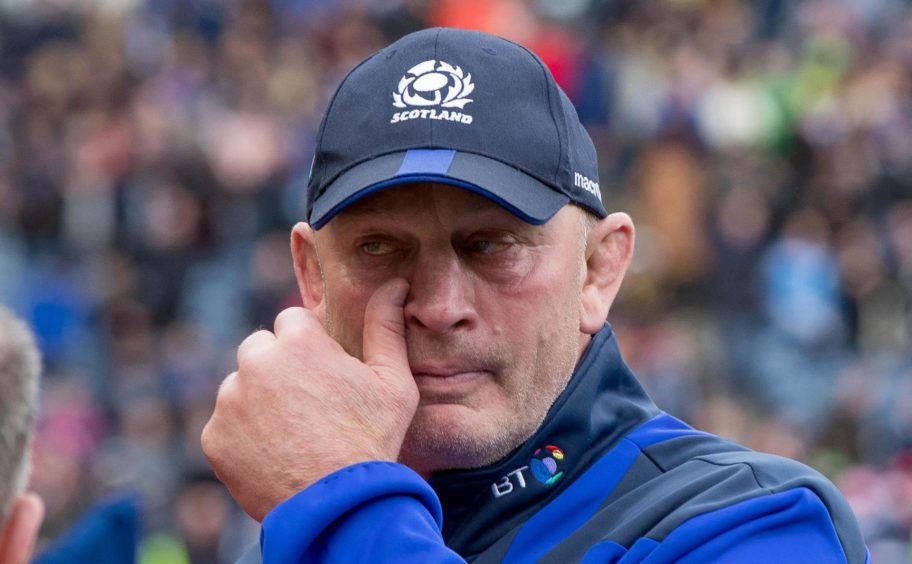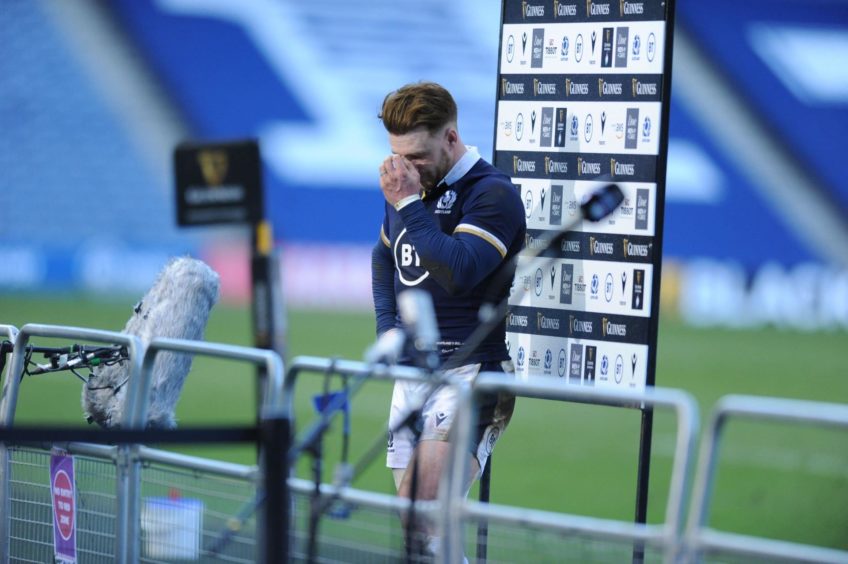Saturday’s game Guinness Six Nations game between Scotland and Italy at Murrayfield is something of a milestone. Gregor Townsend will become the longest tenured Scotland head coach since the game turned professional.
Townsend will preside over the national team for the 44th time, thereby surpassing the mentor of his playing days, Sir Ian McGeechan.
Geech, of course, coached Scotland for several seasons during amateur days as well, with conspicuous success including the Grand Slam of 1990. But the 43-match second spell in charge between 2000 and 2003 has to be the only meaningful comparison we can make, given the groundwork was the same.
Gregor has already moved beyond any other head coach since 1995 in terms of longevity. No Scotland head coach in that time has served beyond three years.
Townsend is not only the longest-serving head coach now, he’s also the most successful. Given Scotland’s repeated struggles since 1995, this is not a high bar; only two of the nine who have had the job also had winning records.
Cotter the only other head coach over 50%
The other was Townsend’s predecessor Vern Cotter. The New Zealander won 19 games and lost 17 in his three years, and that included a whitewash wooden spoon in his first Six Nations campaign.
Cotter also took the job a year and a half late – there was difficulty in prising him out of Clermont-Auvergne and Scott Johnson had an unhappy two years in charge. Many believe Vern was jettisoned too early, his contract not renewed in 2017 when the team were on the up – they’d just won three games in the Six Nations for the first time since 2006.
Townsend unquestionably built on that, winning four of his first six games, including beating Australia twice. Under his watch, the Scots have won three games in the championship twice more, in 2018 and 2020, but they’ve failed to break the four-win barrier.
Going into his 44th game, Townsend record stands at 23 wins, 19 losses, and one very famous draw at Twickenham in 2019. That’s a success rate of just under 55%, just ahead of Cotter’s 53%, and Gregor’s record has been just ahead of Cotter for his entire tenure.
(An aside, for those who might wonder: Jim Telfer, 81 yesterday, did take Scotland to the last Five Nations crown in 1999 but in terms of games won he wasn’t ahead of Gregor and Vern. Jim’s teams in 1998-99 won nine games and lost 11 – 1998 was a pretty dire year).
The fluctuating fortunes of Scotland under Townsend
Of course, Gregor’s tenure is far from finished. He signed a two-year extension carrying him all the way to the end of the Rugby World Cup in 2023.
That deal didn’t seem entirely likely at the end of the last World Cup, when Scotland failed to qualify for the quarter-finals for only the second time. Townsend was thought to be under pressure going into last year’s Six Nations and two opening defeats didn’t exactly engender much optimism.
However the team did play better, then beat Italy and France, and after lockdown won away in Wales. Despite losses to Ireland and France in the autumn, after the Twickenham triumph last month Townsend looked unassailable.
But this Six Nations has mirrored his entire time as head coach. A few quite obvious advances in terms of performance and results, followed by a mysterious breakdown of momentum, and dispiriting losses. Scotland have a habit of looking like a frog on a steep riverbank – one giant leap most of the climb but followed by a slither back towards the water line.
Is being just decent nearly enough?
Is this pattern – repeated highs followed by sobering lows – good enough? Looking at Scotland’s record since 1995 and the pattern of losing upon losing, what Townsend has achieved is definitely better. But really no-one’s taking that as a benchmark, not even Gregor.
What was most discouraging about the Ireland defeat was that it was something we’ve seen far too often, expectation dashed primarily on their own errors. The Irish in particular have come to expect and rely on Scotland will flattering to deceive, they just need to push the right buttons.
Stuart Hogg repeats game after game that Scotland are better than this, and games like Twickenham this year and France last year certainly indicate they are. But the absence of any real consistency in Townsend’s teams and their results suggest that something is not quite right.
Gregor has benefitted greatly from having as good a pool of players as any coach since 1995. How Frank Hadden would have loved to have just one Stuart Hogg or Finn Russell or Jonny Gray or Hamish Watson to call on.
Is he making the absolute most of them? The fluctuating results suggest no.
This just six weeks after Twickenham
It seems almost absurd to be making this judgement just six weeks after Scotland beat England at Twickenham in nearly 40 years. A win there had become a massive totem, and the outpouring of joy it provoked suggested the Townsend plan was moving ahead at full steam.
Two incredibly frustrating defeats at home later, Scotland need to beat Italy and France in Paris merely to keep pace with what they did last year.
Townsend has a little time for now. But these inconsistencies from month to month if not game to game still hang over him.
We’ve been in this relentless cycle now for the last three years. If Scotland don’t keep moving forward in 2021, the question of whether somebody else could do better will rightly be asked more often.






